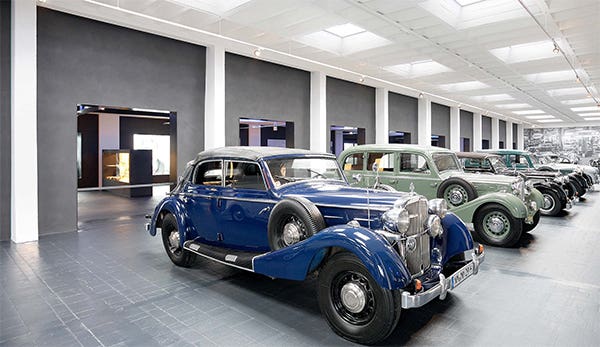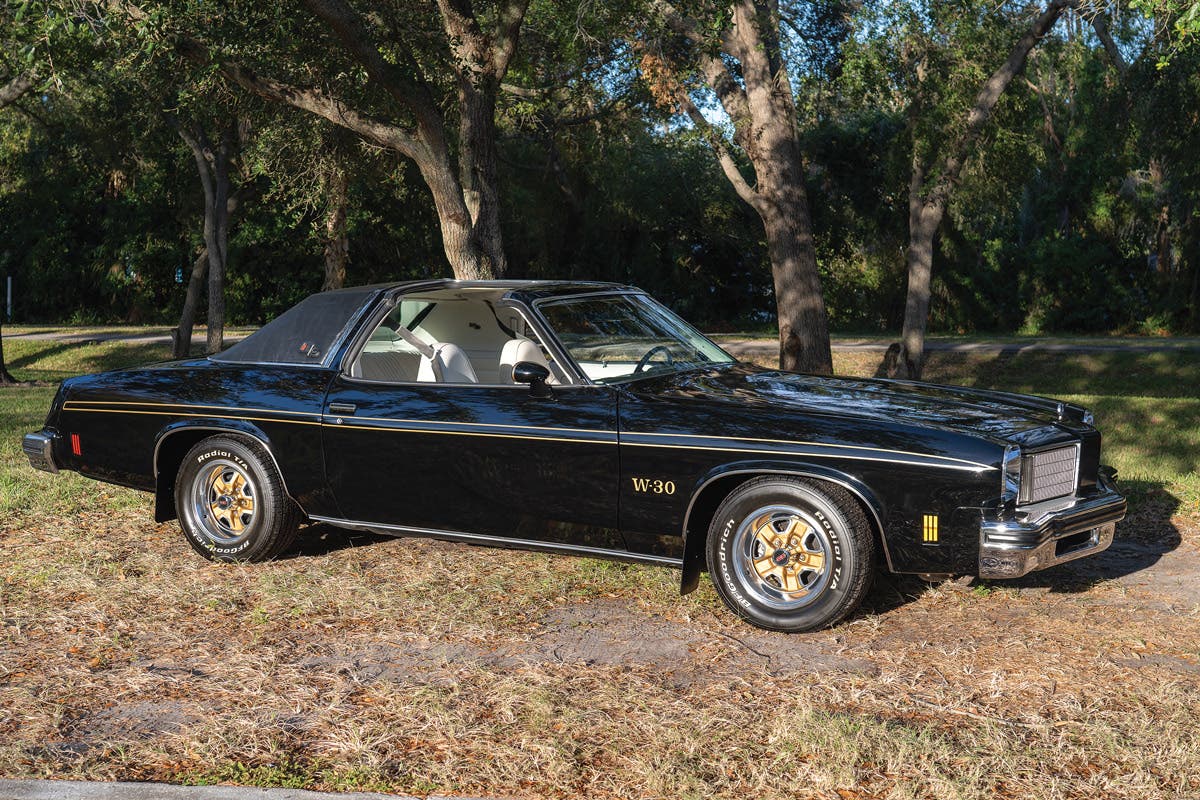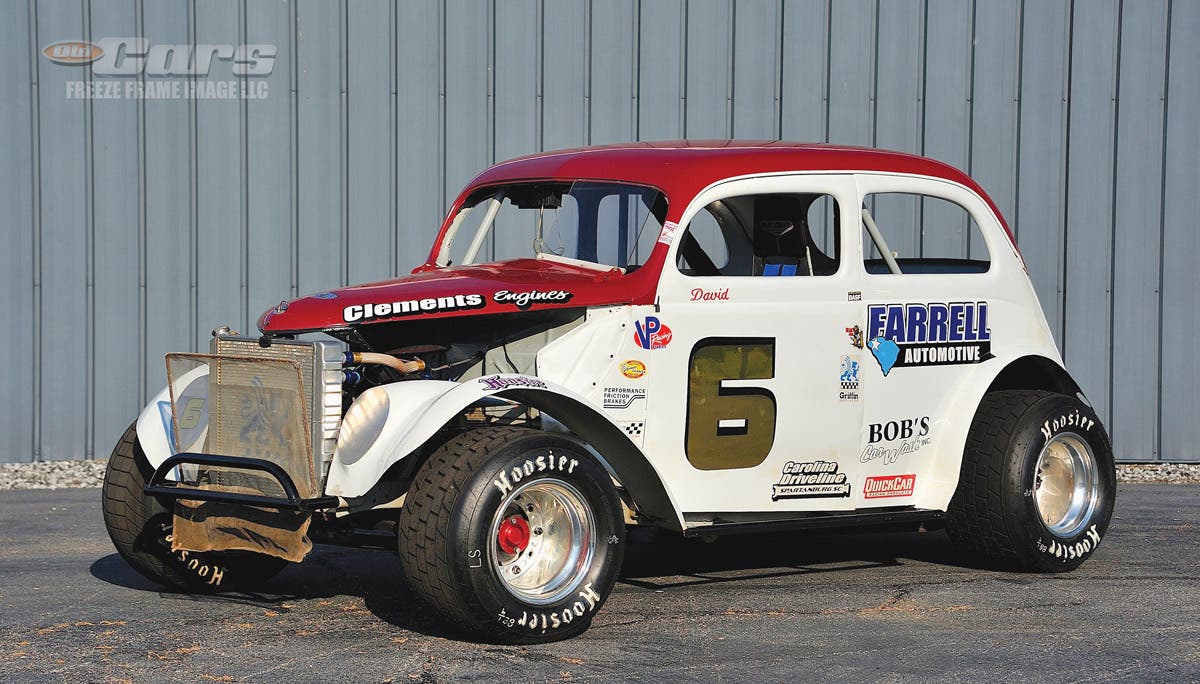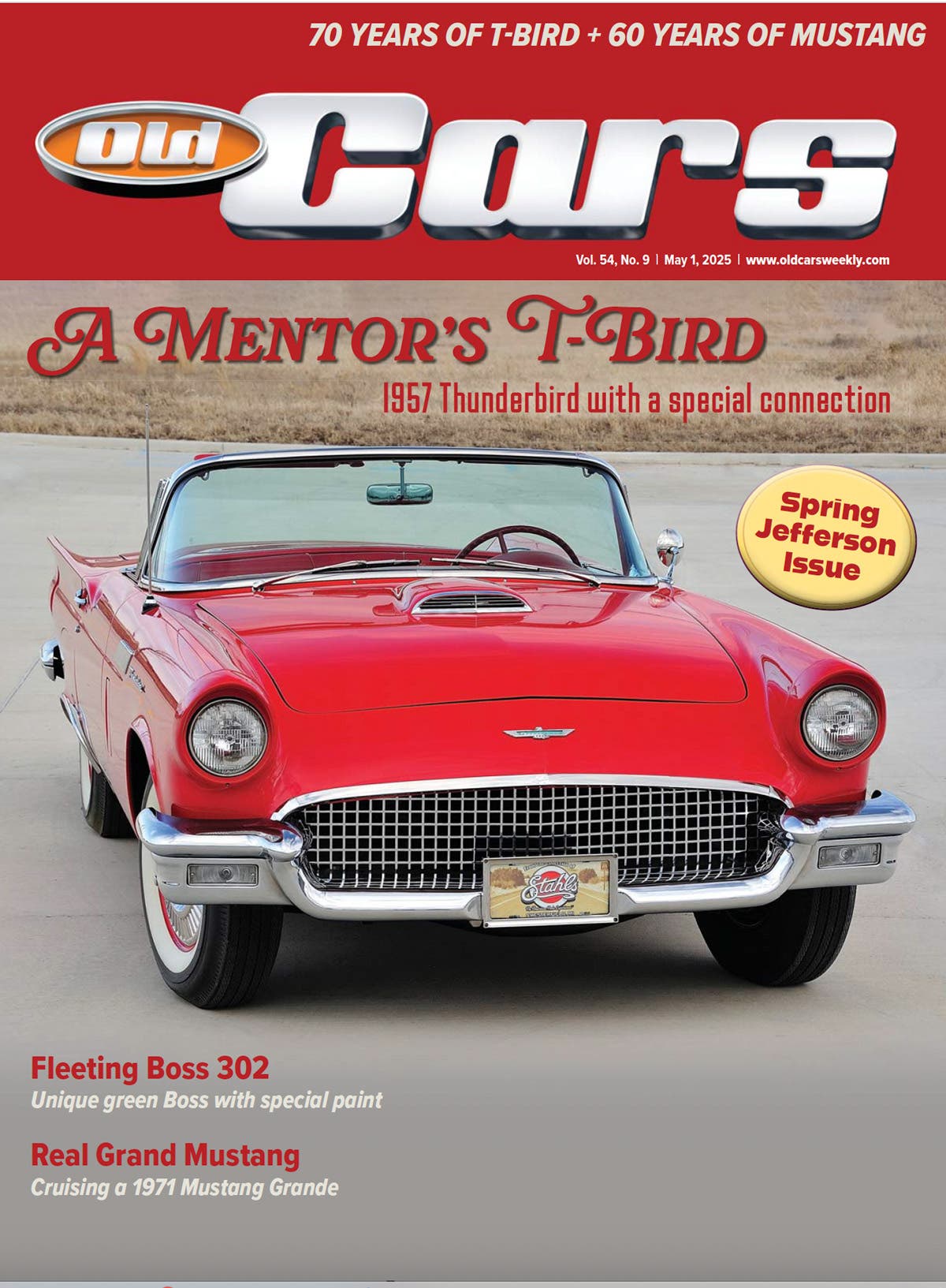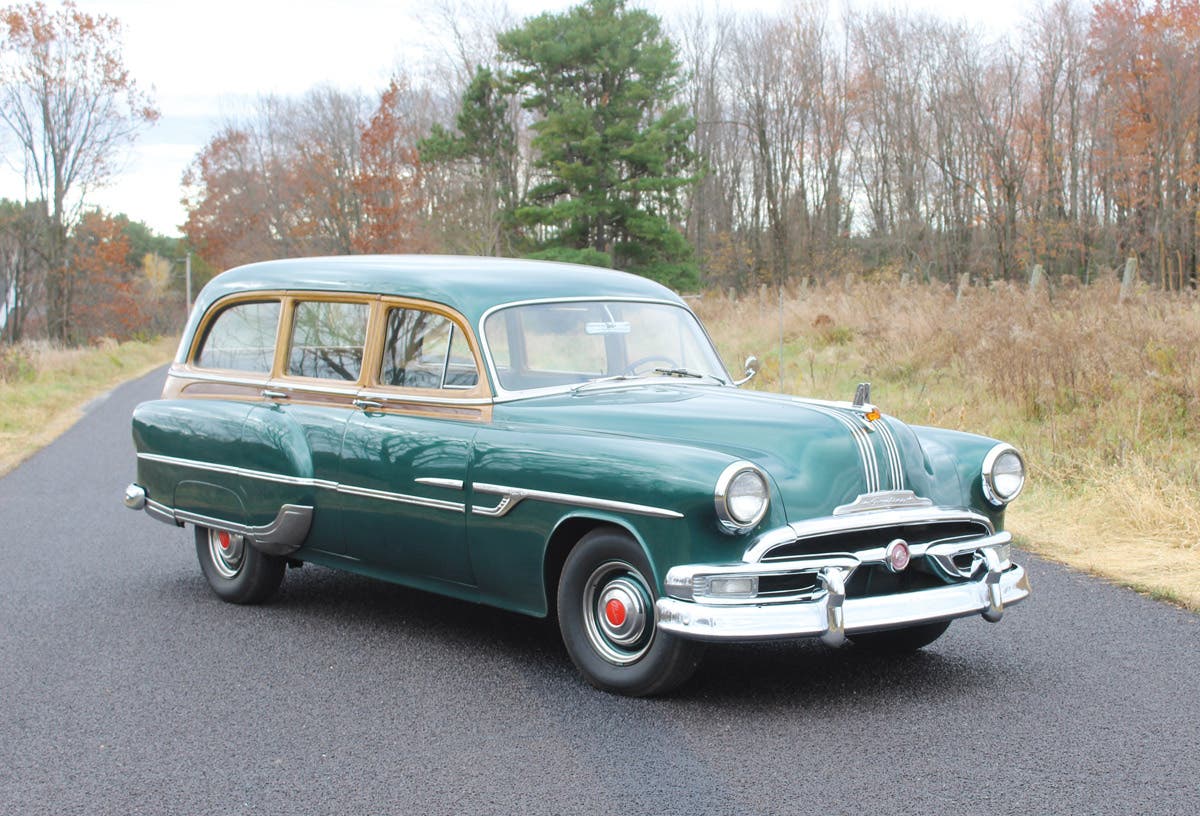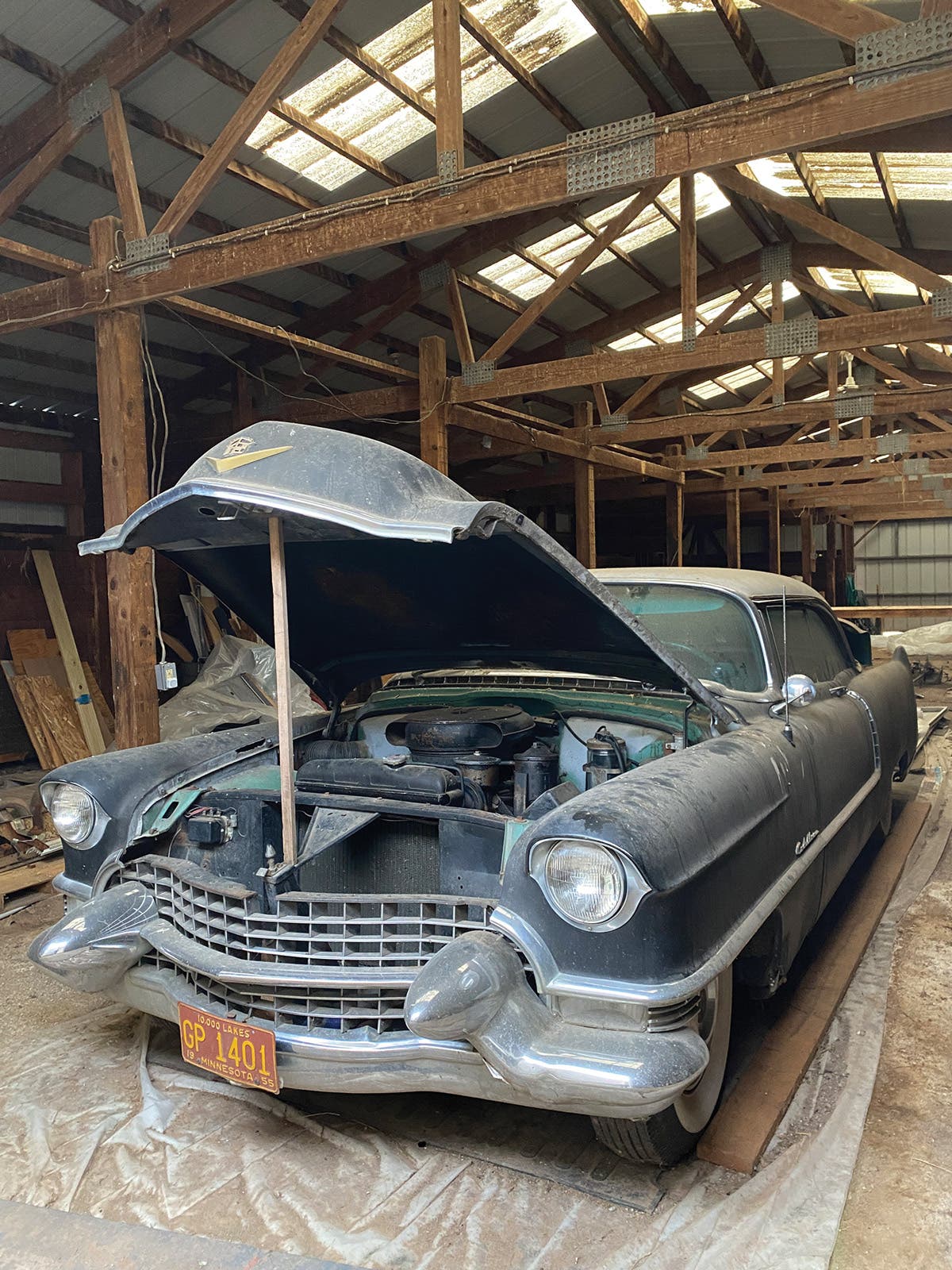First-generation Ford Broncos (pictured here is a 1972) were
targeted at outdoor lovers and buyers who fancied a handy,
rugged vehicle that could go anyplace.
The first-generation Broncos from 1966-1977 are referred to as the “Early Broncos.” Like the Tri-Five Chevrolets from 1955-1957, the original Broncos have a sort of cult status. This is because, like the Tri-Five Chevys, those Early Broncos had unique personalities.
In the case of the Broncos, they were compact and nimble enough to go between jagged boulders, yet rugged to climb over mountaintops and versatile to swim through streams. When first introduced, Broncos were more luxurious than an International Scout or a Jeep CJ-5. At the end of their life cycle, Early Broncos were considered crude and less powerful when compared to the likes of the truck-based Chevrolet Blazer, GMC Jimmy, Dodge Ramcharger and Plymouth Trail Duster.
Early Broncos don’t show up at old car shows as trailer queens. Owners do not pamper them at a cruise-in or at a car show. They will not be constantly dusting them off or spraying them with a polish cleaner. Instead, “mudslinging” takes on a whole new and enjoyable meaning because Early Bronco owners seem to prefer the wild frontier.
Ford product manager Donald N. Frey conceived the Mustang and the Bronco, and it was Lee Iacocca who made sure both ideas became reality. Obviously, Frey did not work in a vacuum. With respect to the Bronco, Ford’s marketing research team sought the advice of 300 off-road clubs, and questioned 10,000 four-wheel-drive owners regarding their dream vehicle.
Feedback indicated respondents wanted more powerful engines, improved handling, a shorter turning radius and better riding comfort. Engineer Paul G. Axelrad translated their wish list into steel.
What emerged was a rectangular squared-off shape offered in three body styles. The roadster had no top or doors. It was part of the lineup between 1966 and 1968. The roadster is for many collectors the most desirable Early Bronco because of its brief production run.
The pickup was available from 1966 to 1972, and was called the “Sports Utility” model. Perhaps because of this nomenclature, Ford should get credit for the moniker “Sports Utility Vehicle.” The Scout, CJ-5 and Bronco were known as ORV, or off-road vehicles, in 1966, and not by today’s popular term SUV. The longest-running configuration was the station wagon from 1966 to 1977.
All three models had fold-down windshields. Although this feature was eliminated in 1969, throughout their 11-year span the roofs on Early Broncos could be removed. Likewise, doors and extra seats could be quickly detached for pure off-road adventure.
Some say the Early Broncos were Dearborn’s version of the International Scout. Sure, they looked alike because they are box-shaped, but that is really where the similarity ends.
The Bronco used coil rather than leaf springs for the front suspension. As a result, it had better riding comfort than the Scout. The Bronco turned a full circle in 33.6 feet — much tighter than the Scout’s 38 feet. The Bronco came with an all-synromesh transmission that followed orders. Drivers could quickly downshift from second to first without worrying about grinding gears. By mid-year 1966, the Bronco became the first V-8-powered SUV. Axelrad accomplish the goals of the marketing department by making the Bronco adept on and off the road.
Standard equipment included roll-up side windows on pickups and wagons, a padded dash, front bench seat with seat belts, a shift-on-the fly-Dana Corporation transfer case, locking hub and front and rear bumpers. The initial standard engine was the 170-cid six that produced 150 horsepower.
This 170-inch six was available from 1966-1972, while the 200-inch six was marketed in 1973-1974. The 289 V-8 arrived in 1966, and ended its tour of duty in 1968. The mighty 302 Windsor V-8 was on the scene from 1969-1977.
Like the Mustang, the Bronco had a seemingly unlimited option list. Cosmetic treatments could include chrome bumpers, wheel covers and Mustang-style bucket seats. Some of the creature comforts included a heater/defroster, radio, CB (citizen’s band radio), front armrests, dual sun visors and rear seats for the roadster or wagon. To have a no-compromise SUV, a buyer could check off the option list for an extra-strength clutch, heavy-duty cooling system, beefier suspension, two fuel tanks, limited-slip front and rear axles, as well as front and rear power take-off. If the Bronco was going to be a workhorse, then one could order a snowplow, tow hooks and winch, power booms, posthole diggers, sprayers and mower.
Like the Tri-Five Chevys, there is a support system for Early Broncos, including aftermarket industries, magazines, clubs and organized back-country events.



